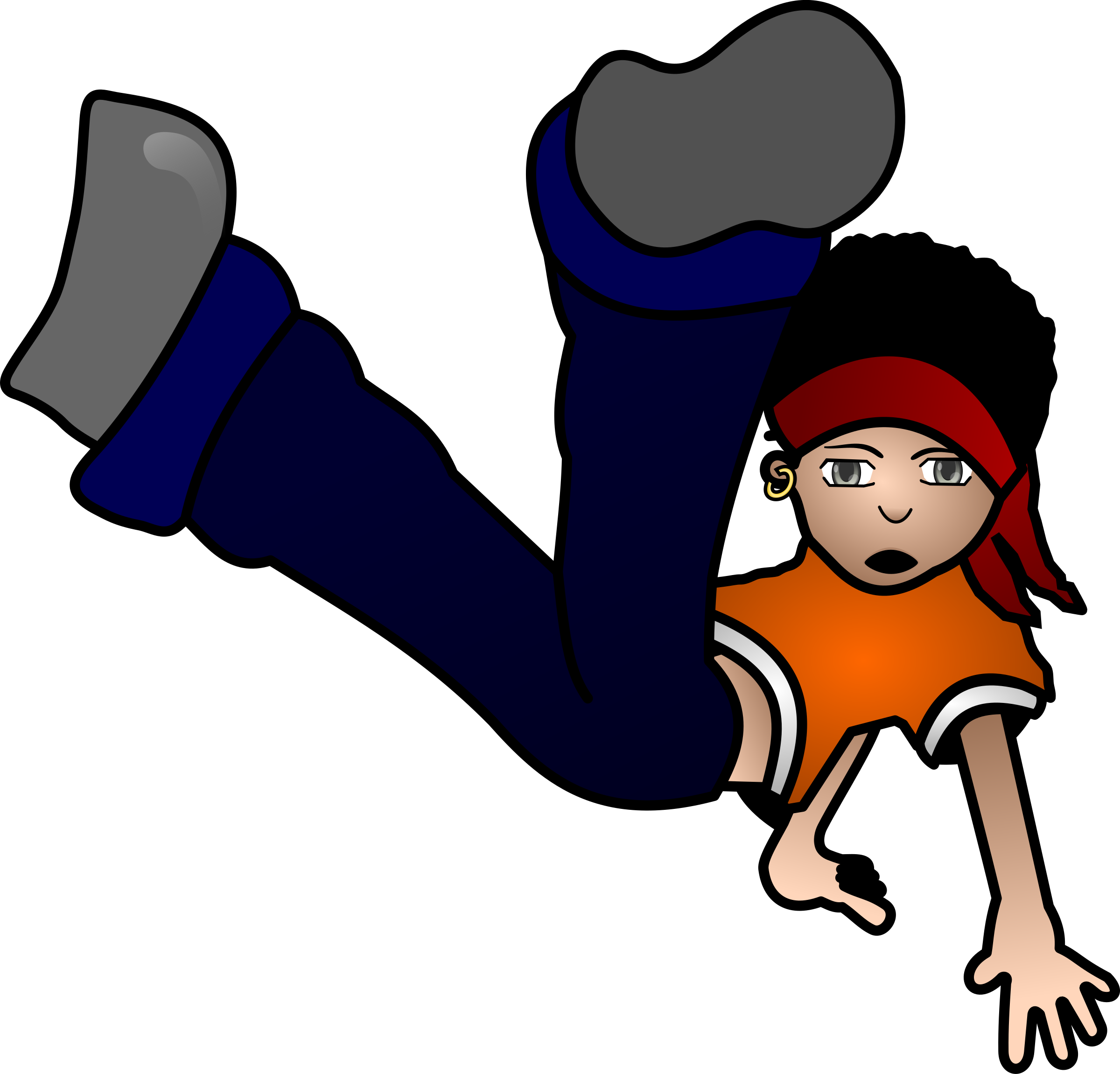
This image has format transparent PNG with resolution 2400x2301.
You can download this image in best resolution from this page and use it for design and web design.
Break dance PNG, Hip hop PNG with transparent background you can download for free, just click on download button.
Breakdancing, also called breaking or b-boying/b-girling, is an athletic style of street dance. While diverse in the amount of variation available in the dance, breakdancing mainly consists of four kinds of movement: toprock, downrock, power moves, and freezes. Breakdancing is typically set to hip-hop, funk, and breakbeat music, although modern trends allow for much wider varieties of music along certain ranges of tempo and beat patterns.
Breakdancing was created by African American youth during the late sixties and early 1970's . The earliest breakdancing groups included the "Zulu Kings" and "Clark Kent". By the mid seventies, the dance began to spread to other communities and gained popularity. At the same time, the dance was losing popularity with African Americans.
A practitioner of this dance is called a b-boy, b-girl, or breaker. Although the term "breakdance" is frequently used to refer to the dance in popular culture and in the mainstream entertainment industry, "b-boying" and "breaking" are the original terms and are preferred by the majority of the pioneers and most notable practitioners.
Many elements of breakdancing can be seen in other antecedent cultures prior to the 1970s. B-boy pioneers Richard "Crazy Legs" Colon and Kenneth "Ken Swift" Gabbert, both of Rock Steady Crew, cite James Brown and Kung Fu films as influences. Many of the acrobatic moves, such as the flare, show clear connections to gymnastics. In the 1877 book 'Rob Roy on the Baltic' John MacGregor describes seeing near Norrk?ping a '...young man quite alone, who was practicing over and over the most inexplicable leap in the air...he swung himself up, and then round on his hand for a point, when his upper leg described a great circle...'. The engraving shows a young man apparently breakdancing. The dance was called the Giesse Harad Polska or 'salmon district dance'. In 1894 Thomas Edison filmed Walter Wilkins, Denny Toliver and Joe Rastus dancing and performing a "breakdown". Then in 1898 he filmed a young street dancer performing acrobatic headspins. However, it was not until the 1970s that b-boying developed as a defined dance style in the United States. There is also evidence of this style of dancing in Kaduna, Nigeria in 1959.
Beginning with DJ Kool Herc, Bronx-based DJs would take the rhythmic breakdown sections (also known as the "breaks") of dance records and prolong them by looping them successively. The breakbeat provided a rhythmic base that allowed dancers to display their improvisational skills during the duration of the break. This led to the first battles—turn-based dance competitions between two individuals or dance crews judged with respect to creativity, skill, and musicality. These battles occurred in cyphers—circles of people gathered around the breakers. Though at its inception the earliest b-boys were "close to 90 percent African-American", dance crews such as "SalSoul" and "Rockwell Association" were populated almost entirely by Puerto Rican-Americans.
In this page you can download free PNG images: Break dance PNG images free download